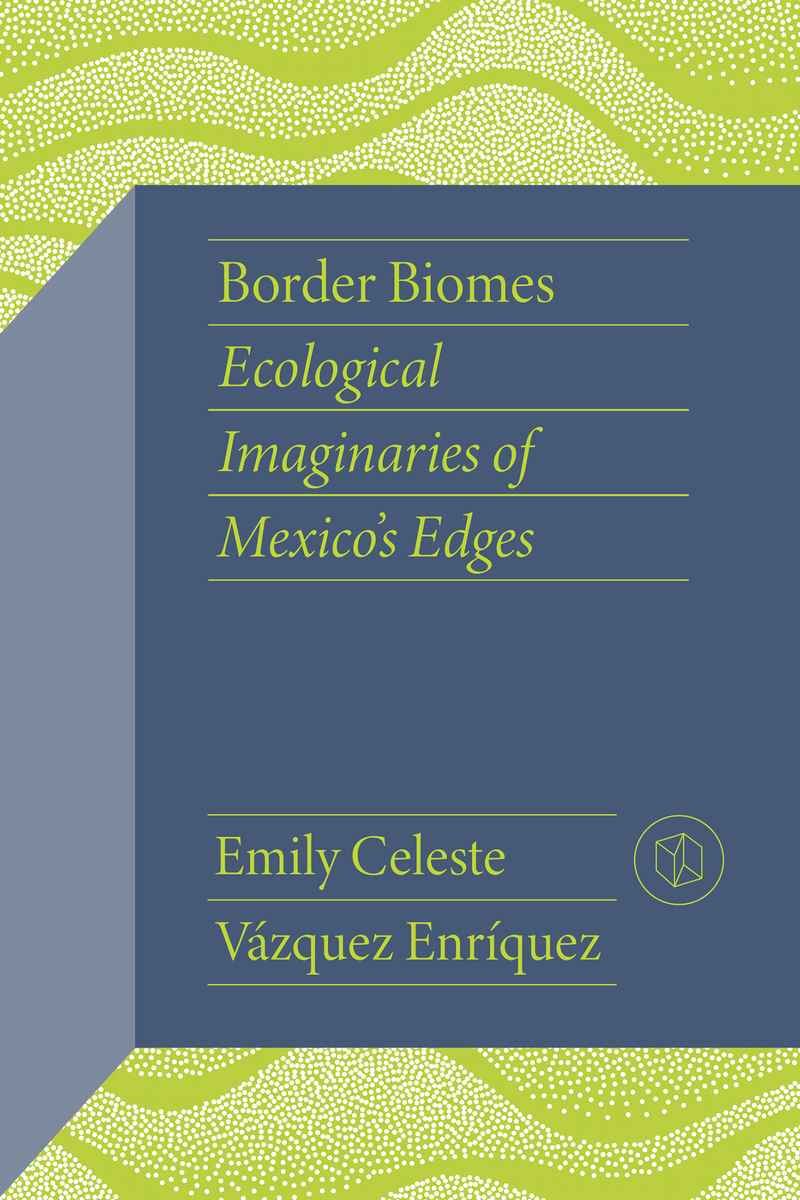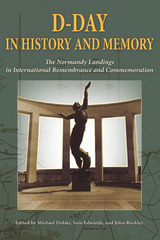Border Biomes: Ecological Imaginaries of Mexico's Edges
Vanderbilt University Press, 2025
Cloth: 978-0-8265-0828-7 | Paper: 978-0-8265-0827-0 | eISBN: 978-0-8265-0829-4 (ePub) | eISBN: 978-0-8265-0830-0 (PDF)
See other books on: American | Cultural & Ethnic Studies | Hispanic & Latino | Hispanic & Latino Studies | Literary Criticism
See other titles from Vanderbilt University Press
Cloth: 978-0-8265-0828-7 | Paper: 978-0-8265-0827-0 | eISBN: 978-0-8265-0829-4 (ePub) | eISBN: 978-0-8265-0830-0 (PDF)
ABOUT THIS BOOK | AUTHOR BIOGRAPHY | REVIEWS | TOC
ABOUT THIS BOOK
What effect do heavily fortified national borders have on the natural environments that surround them? In Border Biomes, Emily Celeste Vázquez Enríquez explores this question by analyzing contemporary Mexican, Latinx, and Indigenous literature that has tried to highlight the human and ecological toll of Mexico’s borders with the United States and Guatemala. By challenging the very premise of borders as permanent, immovable boundaries, she shows how novelists and poets in Mexico and the United States have tried to represent and understand the vast social, political, and ecological harm caused by these constructions. She argues that the environmental destruction that borders create is inseparable from state‑sanctioned, anti‑immigrant racial violence. To do this, she structures the book around three main biomes: rivers, deserts, and forests. Within each chapter, Vázquez Enríquez considers how authors such as Dolores Dorantes, Natalie Diaz, and Ofelia Zepeda have drawn upon alternative Indigenous epistemologies and forms of representation to register the sweeping damage of bordering regimes on the Colorado River, the Southwest Desert, and the Selva El Petén, and other biomes. By critically analyzing the work of these US and Mexican writers, she contests traditional interpretations of Mexican literature as nationally bounded and instead proposes an expansive view of “Mexican literature.” More fundamentally, Border Biomes suggests literature's potential to create new ecological realities and challenge the naturalization of borders and the ecological violence that they provoke.
See other books on: American | Cultural & Ethnic Studies | Hispanic & Latino | Hispanic & Latino Studies | Literary Criticism
See other titles from Vanderbilt University Press












